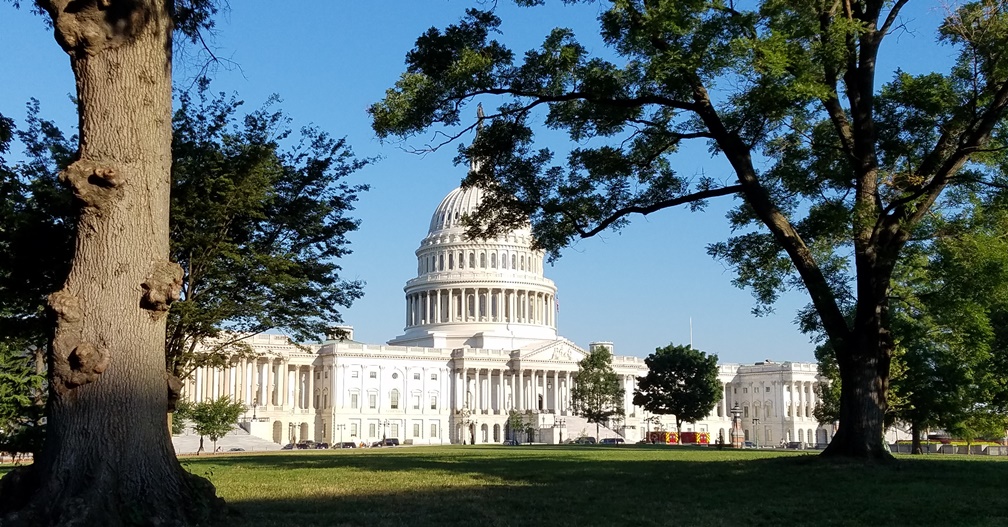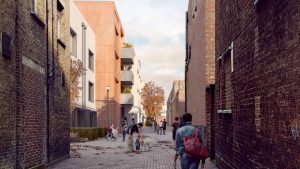The scale of the commitment Joe Biden’s administration is making to invest in community and social infrastructure in the United States is exciting news. $10 billion is being committed to the Community Revitalization Fund in the US, which is equivalent to almost £1.4 billion in the UK on a per-capita basis, and it sets a standard in targeted investment in community-led regeneration.
To put this into a UK context, we have not seen any investment on this scale since the last Labour Government’s New Deal for Communities programme.
Further, the Community Revitalization Fund also contrasts significantly with the primarily local government-led approach to levelling up so far taken in the UK, with its emphasis on economic infrastructure.
As the MP for Hull North, I know only too well the need for investment in upgrading transport infrastructure and supporting local economies. However, we also need to invest in supporting communities in building up the social infrastructure of neighbourhoods – particularly those facing the additional challenge of significant deprivation alongside lack of economic investment.
It is no good doing up town centres and fixing roundabouts and rail links if people live on the edge of town have few or no local facilities to sustain the community. For them the benefits of the Towns Fund or Shared Prosperity spending is a £6 return trip away by a bus that may only come hourly.
The evidence base for hyper-local, community-focused investment is increasingly clear in the UK. The work of the All-Party Parliamentary Group on Left Behind Neighbourhoods, which I co-chair, has highlighted the particular challenges facing communities living in neighbourhoods that are both deprived and lack social infrastructure.
They are home to 2.4 million people across England and are predominantly located in coastal areas, on the outskirts of post-industrial towns and cities in the North and Midlands.
Over a year of evidence sessions organised by the APPG show the extent to which many of these communities have seen both the destruction of local economies and, with a decade of austerity taking its toll, the hollowing out of the institutions and structures that held communities together – the shared workplaces, trade unions, pubs and working men’s clubs, or indeed (increasingly) community centres and youth clubs. These places suffer from significantly worse social outcomes than other, equally deprived areas.
But I think there are some signs that we are seeing the scale of the challenge becoming more widely accepted. The work of the APPG has shown the extent that acknowledging tackling this issue is a priority across party lines.
In July, the former Bank of England Chief Economist, Andy Haldane said that “without social infrastructure, left-behind places find themselves stuck in a circle of decline, repelling rather than attracting people and skills, finance and commerce – the raw building blocks of economic success.”
Moreover, Frontier Economics published their findings into the economic case for social infrastructure investment in ‘left behind’ communities. This found that for every £1m invested, there are likely to be economic and fiscal returns worth £3.2m – including a £0.7m boost in employment, training and skills opportunities for local residents.
Getting it right has never been more important. The Biden administration have provided a template for extending levelling-up to communities and neighbourhoods, rebuilding the social infrastructure that sustains community life, alongside turning around their local economies.
Now is the time for the UK Government to make a similarly ambitious commitment to community-focused regeneration at a neighbourhood level across our country.
Diana Johnson is Labour MP for Hull North and Co-Chair of the All-Party Parliamentary Group on Left Behind Neighbourhoods.





